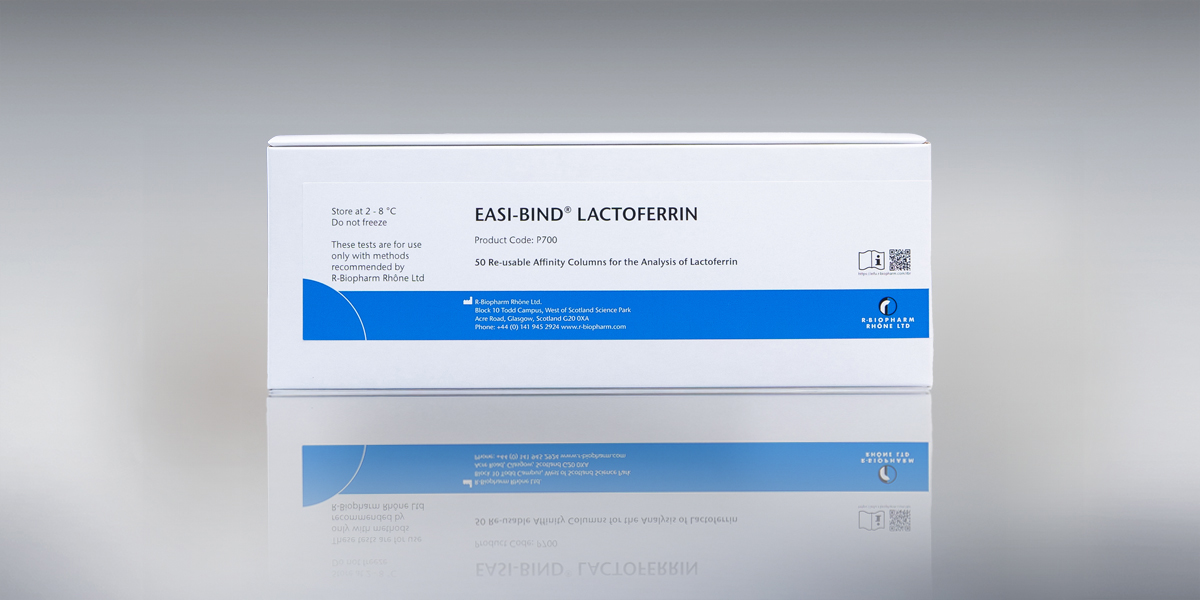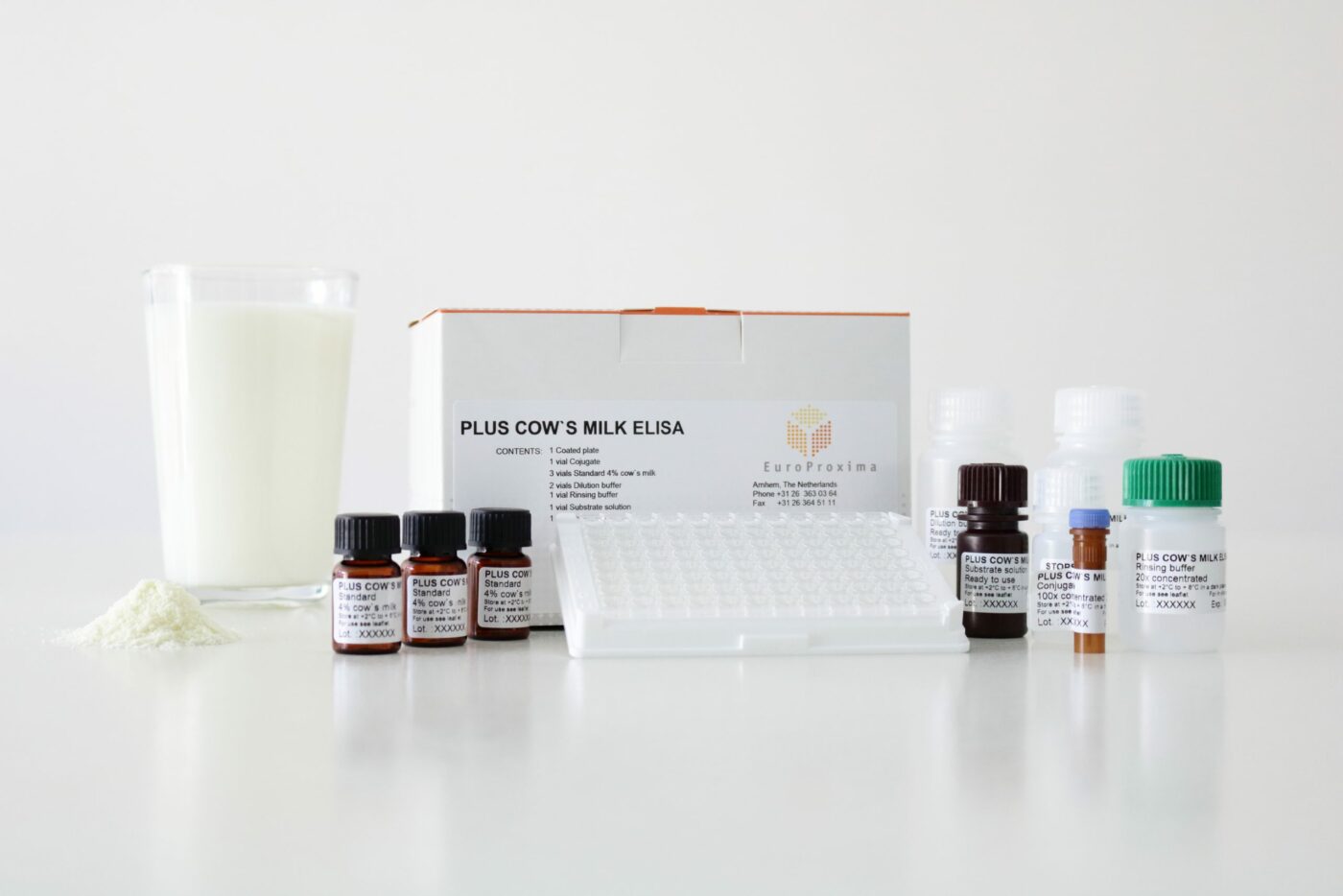
Recent news in Food & Feed Analysis
- Home
- /
- Microorganisms in milk: the...
Microorganisms in milk: the 7 biggest threats to milk production

June 1 is World Milk Day: a good reason to take a closer look at this tasty drink, which is very nutritious, but also an ideal breeding ground for harmful microorganisms.
In recent years, milk has been quite discredited: It has been said that milk makes people sick, fat and tired. Many people have reduced their milk consumption due to health or ethical reasons. Nevertheless, milk contains numerous valuable nutrients. Milk is the best source of calcium and, what’s more, it contains sodium, magnesium, potassium, zinc, carotene, protein, vitamins and essential amino acids. Milk substitutes such as soy, rice or almond milk usually contain much fewer nutrients.
Manufacturers perform various tests in order to ensure that the milk reaches consumers in good order and condition. In particular, microbiological analyses are vitally important since the high water and protein content makes milk very vulnerable to spoilage. Most spoilers are destroyed by pasteurization. However, subsequent contamination may occur due to poor hygiene. In addition, foods such as raw milk and raw milk cheese cannot be heated and are therefore particularly vulnerable. These 7 microorganisms are particularly problematic when processing dairy products:1. Salmonella
Salmonella are among the main causes of food poisoning. The World Health Organisation (WHO) expects the number of worldwide infections to total around 16 million each year, more than half a million of them being fatal. Salmonella are killed by pasteurization; raw milk and dried milk products are vulnerable, though.
2. Listeria
Contaminations with Listeria monocytogenes have been a major problem for the dairy industry recently. Since the beginning of 2017 alone, RASFF has published 7 notifications concerning Listeria monocytogenes in milk and dairy products.
3. E. coli
Certain species of the bacterium E. coli produce shigatoxin which may cause symptoms like diarrhea and stomach pain, sometimes even leading to life-threatening complications like hemolytic-uremic syndrome. Although E. coli are killed by pasteurization, infections due to milk products occur time and again. Last year, Germany was affected by a major recall of long-life milk, and recently, infected goat cheese was recalled in France.
4. Pseudomonas
Pseudomonads are opportunistic pathogens. The species Pseudomonas fluorescens is among the most common spoilage agents in milk. The enzymes produced by pseudomonads are heat-stable and can survive pasteurization.
5. Bacillus cereus
The bacterium Bacillus cereus causes spoilage of cream, cheese and milk and makes them taste rancid, sour or bitter. In addition, it produces toxins which may cause serious gastrointestinal disorders. In February this year, a discounter in Germany had to recall long-life whole milk due to Bacillus cereus contamination. Strict adherence to the cold chain is essential to prevent the bacteria from multiplying. Spores of Bacillus cereus can survive heat treatment.
6. Clostridium
Clostridia form heat-resistant spores which can survive pasteurization at least partially. The species Clostridium tyrobutyricum is particularly feared in dairy production, because it causes so-called late blowing in raw milk cheese. Affected cheese is no longer saleable. Clostridia usually get into the milk via infected feed, hay or feces.
7. Campylobacter
Campylobacter, especially the species C. jejuni, ranks alongside salmonella as one of the main causes of foodborne diarrheal diseases. It doesn’t need more than 500 germs to get to an infection. In most cases, Campylobacter affects raw milk.
Do you want to ensure that your production chain is free from harmful microorganisms? We offer efficient solutions for the detection of microorganisms and will be happy to support you.



